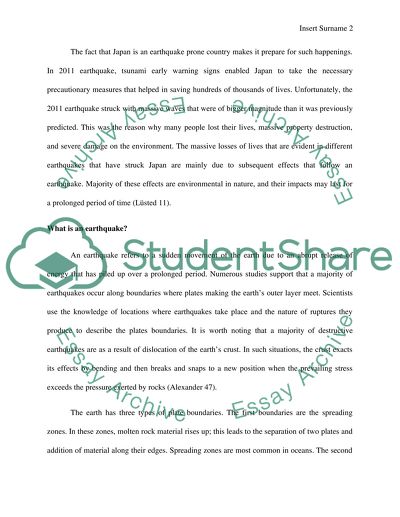Cite this document
(“Japan Earthquakes' Effect on Japan's Environemnt Research Paper”, n.d.)
Japan Earthquakes' Effect on Japan's Environemnt Research Paper. Retrieved from https://studentshare.org/environmental-studies/1402375-japan-earthquakes-effect-on-japan-s-environemnt
Japan Earthquakes' Effect on Japan's Environemnt Research Paper. Retrieved from https://studentshare.org/environmental-studies/1402375-japan-earthquakes-effect-on-japan-s-environemnt
(Japan Earthquakes' Effect on Japan'S Environemnt Research Paper)
Japan Earthquakes' Effect on Japan'S Environemnt Research Paper. https://studentshare.org/environmental-studies/1402375-japan-earthquakes-effect-on-japan-s-environemnt.
Japan Earthquakes' Effect on Japan'S Environemnt Research Paper. https://studentshare.org/environmental-studies/1402375-japan-earthquakes-effect-on-japan-s-environemnt.
“Japan Earthquakes' Effect on Japan'S Environemnt Research Paper”, n.d. https://studentshare.org/environmental-studies/1402375-japan-earthquakes-effect-on-japan-s-environemnt.


